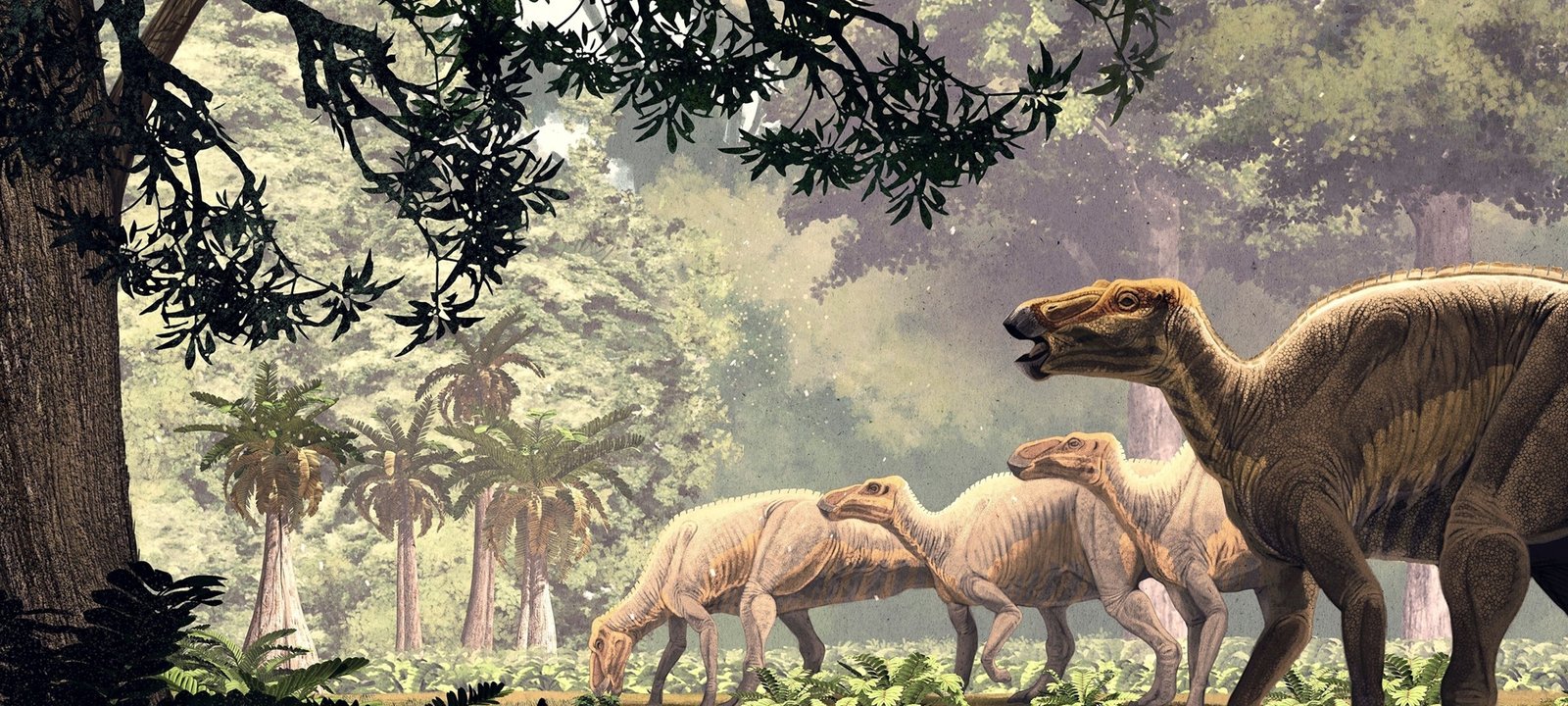Researchers have identified remarkably intact remains of Edmontosaurus annectens discovered in eastern Wyoming, exposing details of skin texture, tail spikes and even hooves that were hidden for more than a century. The team from the University of Chicago reexamined skeletons unearthed in the early 1900s and, in a study published last week in the journal Science, described how thin clay coatings formed by microbial activity preserved the animals’ external anatomy in striking detail.
The hadrosaur fossils, originally recovered from coarse, oxygen-rich river sediments, were long thought to contain only bones. Fresh analysis, however, showed that a uniform layer of fine clay surrounds several specimens, effectively creating natural body casts. The clay was produced as microbes consumed decaying soft tissue, leaving behind a delicate mold bound by sandstone. This preservation route differs from the more familiar pathway in which soft parts fossilize in oxygen-poor, fine-grained settings such as lagoons or seabeds.
Among the newly documented features are well-defined scales, raised midline crests, a complete row of tail spikes and, for the first time in any reptile, fully formed hooves. The adult individual retains its entire spike series along the tail, making it the first hadrosaurid with that attribute intact. The same specimen also represents the earliest known tetrapod with hooved feet, expanding the understanding of locomotion strategies among late Cretaceous dinosaurs.



